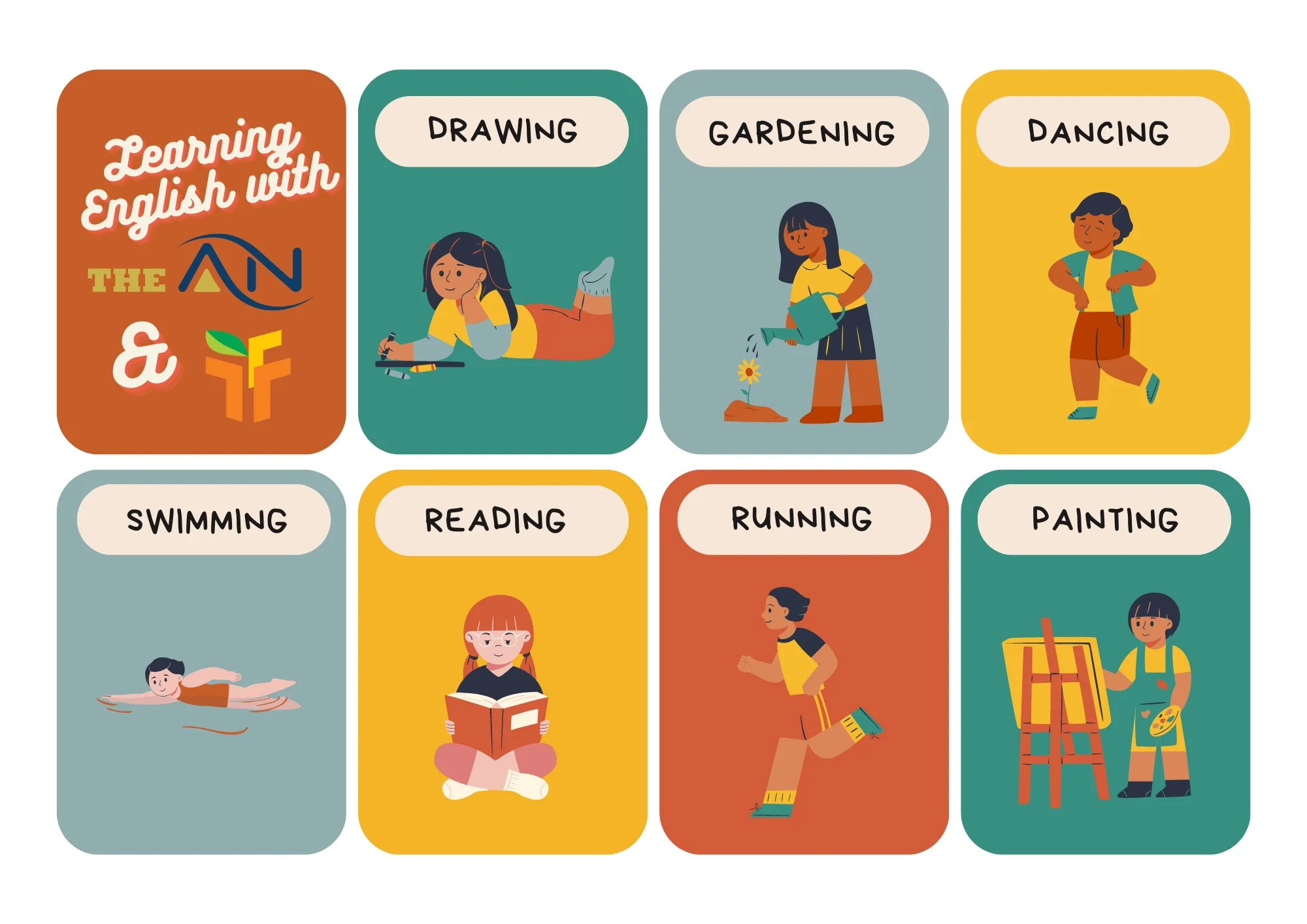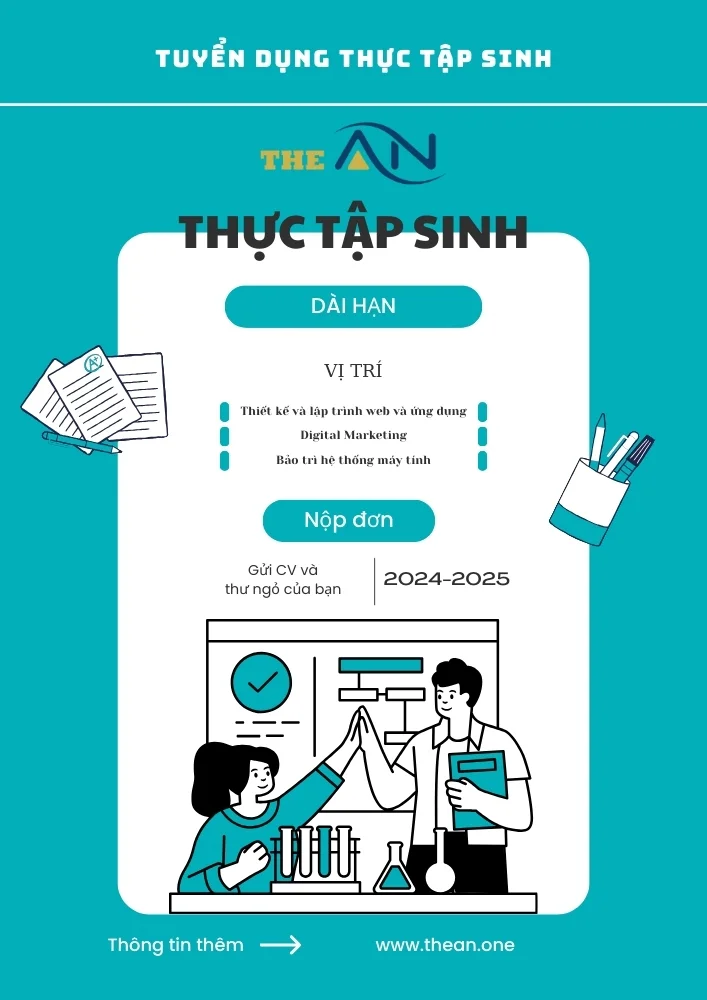Personal Pronoun: Definition, Rules and Examples

What are Personal Pronouns?
Those Pronouns which are used in all the three Persons like First Person, Second Person, and Third Person are called Personal Pronouns. In simple words, I, we, you, he, it, She, and they are called Personal Pronouns. In this article, we shall learn about a kind of pronoun called personal pronouns. There are many types of Pronouns in the English language or Grammar, each of which is used to replace a Noun in a sentence. A personal Pronoun is a type that takes the place of specific nouns naming the person, place, and thing. Personal Pronoun is used in different ways which have different forms. This Pronoun is used in place of a person or thing. It can be expressed mainly in three forms. As; First Person, Second Person, and Third Person.
Definition of Personal Pronouns
A Personal Pronoun is a Pronoun that is used in place of a person, thing, place, animal, etc. That is, the Pronoun which is used in place of a Proper Noun is called a Personal Pronoun. As: I, you, he, she, it, we they, me, him, her, us, and them.
| Persons | Singular number | Plural number |
|---|---|---|
| 1. First person | I | WE |
| 2. Second person | YOU | YOU |
| 3. Third person | HE
SHE IT |
THEY |
Example of Personal Pronoun
The first-person pronoun, the second-person pronoun, and the third-person pronoun are used in the nominative and objective format and in the singular and plural forms.
1. First person:
| Number | Nominative case | Objective case | Possessive case | |
|---|---|---|---|---|
| Poss. Adj. | Poss. Pron. | |||
| Singular | I | me | my | mine |
| Plural | We | us | our | ours |
Example:
- I am a teacher.
- You love me.
- This is my book.
- We are active.
- They help us.
2. Second person:
| Number | Nominative case | Objective case | Possessive case | |
|---|---|---|---|---|
| Poss. Adj. | Poss. Pron. | |||
| Singular | You | You | Your | Yours |
| Plural | You | You | Your | Yours |
Example:
- You are laborious.
- I love you.
- This book is yours.
- This is yours book.
3. Third person:
| Number | Nominative case | Objective case | Possessive case | |
|---|---|---|---|---|
| Poss. Adj. | Poss. Pron. | |||
| Singular | He (masculine)
She (Feminine) It (Neuter) |
Him
Her It |
His
Her It |
His
Hers X |
| Plural | They | Them | Their | Theirs |
Example:
- He loves you.
- She hates me.
- You admire him.
- Do you like it.
- Do you know them?
- Those bells are theirs.
- These are their notebooks.
Rules of Personal Pronoun
Before using Personal Pronoun in Grammar it is necessary to study the following rules. Because it sometimes used in both Subjective and Objective Case. Here some important rules have been mentioned, using which you can solve the sentence easily.
Rule No.1:
As the subject of a sentence, two or more Pronouns are used by joining a conjunction (and, or ….. etc.), then they are in Nominative or Subjective Case.
Example:
- You and he were good friend.
- she and I are real friend.
- You, he and I are clever.
- You, we and she are brave.
Rule No.2:
Be like is, am, are, was, were, has been, have been, etc. If the Noun and Pronoun are in Subjective Case before, then the Pronoun used after it is in Subjective Case.
Example:
- It is I.
- It is he.
- It is she.
- It is you.
But when is, am, are, was, were, … etc., followed by who / which / that + clause, then who / which / that …… etc. Subjective Pronoun is used before Relative Pronoun.
Example:
- It is I who have helped you.
- It is he who has stolen my pen.
- It is I who am guilty
Rule No.3:
Objective Case Pronoun is used as the object of the Verb of a Sentence.
Example:
- My grandfather told me a story.
- I teach them.
- My father forbade you and me to play in the sun.
Subject Pronoun and Object Pronouns
While a personal pronoun takes the place of a noun as the subject of a sentence, it is both a personal pronoun and a subject pronoun. We can say in essence, That’s the pronoun that is used to replace a common or proper noun as a sentence’s subject. If you are using the personal pronoun about a person, animal, place, or thing that also happens to be the subject of a sentence, then it can be classified as both a personal and subject pronoun.
While a personal pronoun is the direct or indirect object of a verb, or when it is used as the object of a preposition, called an object pronoun. That’s the pronoun that is affected by the action the subject of the sentence takes. The personal pronouns that are used as object pronouns are different than the personal pronouns that are used as subject pronouns, but they are just as important. Seven object pronouns also happen to be personal pronouns: me, you, him, her, it, us, and them.
Gender-neutral Pronoun
Some personal pronouns are not gender sensitive.
Using ‘You’ as The Singular and Plural
‘You’ is the second-person pronoun that can be used in both the singular and plural form.
Example 1:
You are from India, right? In the above sentence, ‘you’ can be a male or a female.
Example 2:
Did you do your homework’s? In the above example, ‘you’ can refer to a singular or plural noun and also a group of male and female students.
Using ‘They’ and ‘Them’
Third-person pronouns ’they’ and ‘them’ can be used when the gender of a third-person singular pronoun is neutral or it cannot be determined.
Example:
Everyone has to make sure if he/she has his/her photo ID cards before he/she goes into the exam hall. When you have to write for the general public, people use he/she or him/her. It can also be written in the following manner.
List of Personal Pronoun
| Nominative case | Possessive case | Objective case | |
|---|---|---|---|
| Possessive Adjective | Possessive Pronoun | ||
| I | My | Mine | Me |
| We | Our | Ours | Us |
| You | Your | Yours | You |
| He | His | His | Him |
| She | Her | Hers | Her |
| It | Its | X | It |
| They | Their | Theirs | Them |
Exercise for Personal Pronoun
Q1. Change some of the nouns into pronoun in the following:
- The robber ran aways, but the police caught the robber.
- When the lion saw the man, the lion sprang upon the man.
- The girls went into the park, where the girls saw a snake.
Q2. Fill in the blanks with suitable personal pronouns:
- Where are ……… going, Mukesh?
- Sonali is a good girl; everybody likes ………. .
- Some boys are not laborious. ………… are dull.
- His Brother and sister came to see ……… , but he did not see ……. .
- These man are idle; ………. refuse to work. I didn’t like ……… .
Q3. Correct the sentences:
- Shanker and Ramesh are very irregular in his habits.
- My friend Sonu is as old as me.
- It was him who began the fight.
- The crew mutinied and murdered his superiors.
- The poet and critic has a soft corner in their heart for Kalidas.
Answers with Explanation
Q1. Answers
- The robber ran aways, but the police caught him.
- When the lion saw the man, it sprang upon the man.
- The girls went into the garden, where they saw a snake.
Q2. Answers
- You
- Her
- They
- Me, me
- They, them
Q3. Answers
- Shanker and Ramesh are very irregular in their habits.
- My friend sonu is as old as I.
- It was he who began the fight.
- The crew mutinied and murdered it’s superiors.
- The poet and critic has a soft corner in his heart for kalidas.
- That book is mine.
- These pens are ours.
- Our country is great.
- You are laborious.
- I love you.
- This book is yours.
- This is yours book.
- This building is his.
- They read in this school.
- These frocks are hers.
- First person pronoun- I
- Second person pronoun- You
- Third person pronoun- He, She, It
Use of Personal Pronoun in Sentences
Personal Pronoun is used to translate most of the grammar sentences. Because, it is used instead of a person, thing, place, etc. As; You love me. Here you and me are used in place of person.
FAQs
Q1. What are personal pronouns?
Answers
Those Pronouns which are used in all the three Persons like First Person, Second Person, and Third Person are called Personal Pronouns.
Q2. What are the examples of personal pronouns?
Answers
1. First person Example:
2. Second person Example:
Third person Example:
Q3. Should personal pronouns be capitalized?
Answers
The word I, you, and me are example of pronouns. While you and me are normally using lowercase, the pronoun I should always be capitalized, regardless of where it appears in a sentence.
Q4. What are the 3 types of personal pronouns?
Answers
The 3 types of personal pronouns are:
Quý anh/chị đang tìm kiếm một doanh nghiệp uy tín cung cấp dịch vụ Công Nghệ Thông Tin như Thiết kế và lập trình website, Digital Marketing, hoặc dịch vụ Bảo trì và chăm sóc hệ thống máy tính, ...? Đừng ngần ngại hãy liên hệ với The ÂN qua số điện thoại (+84).326.418.478 để được tư vấn cụ thể, hoặc liên hệ qua mẫu tin.
Các thông tin nổi bật khác:









